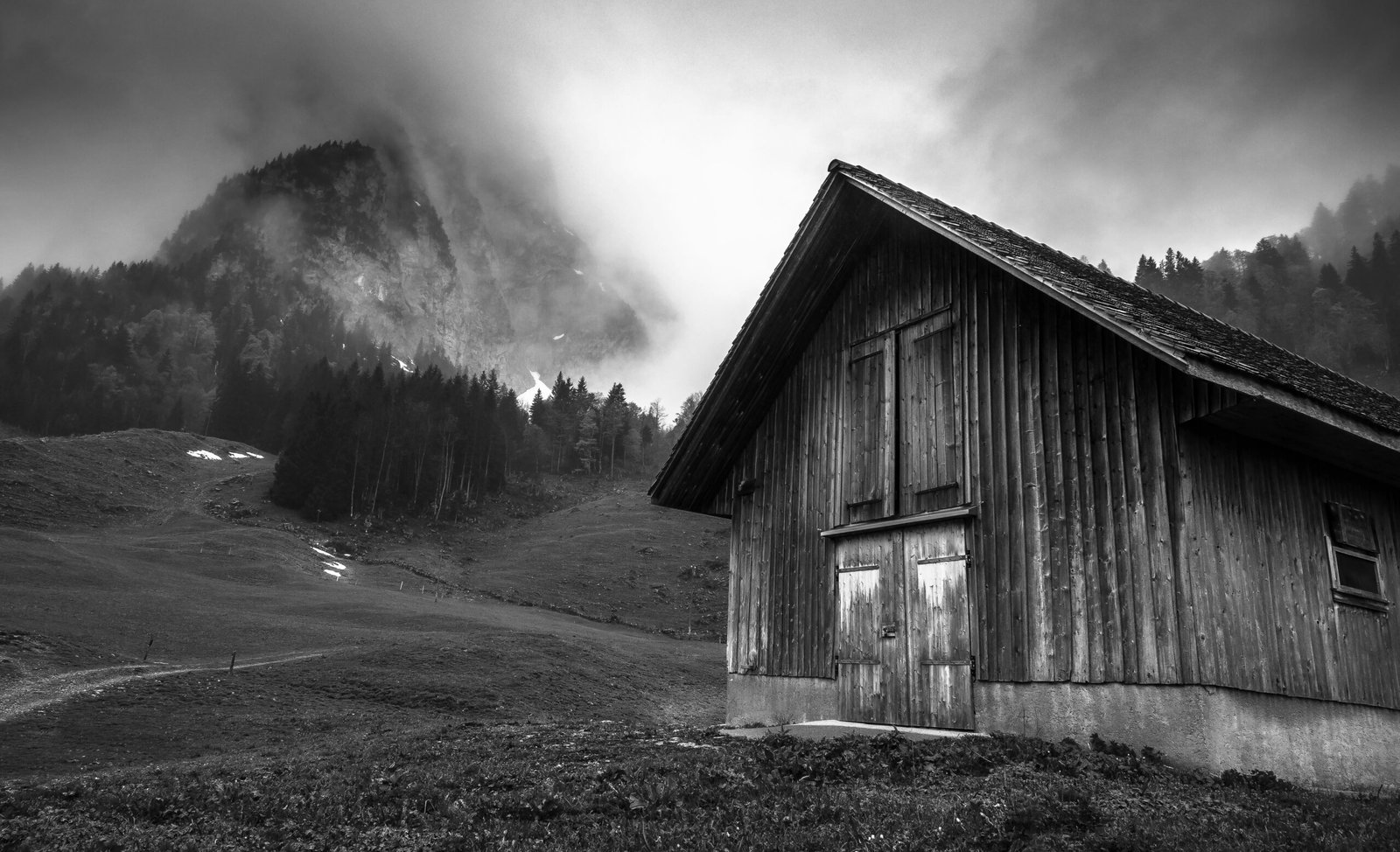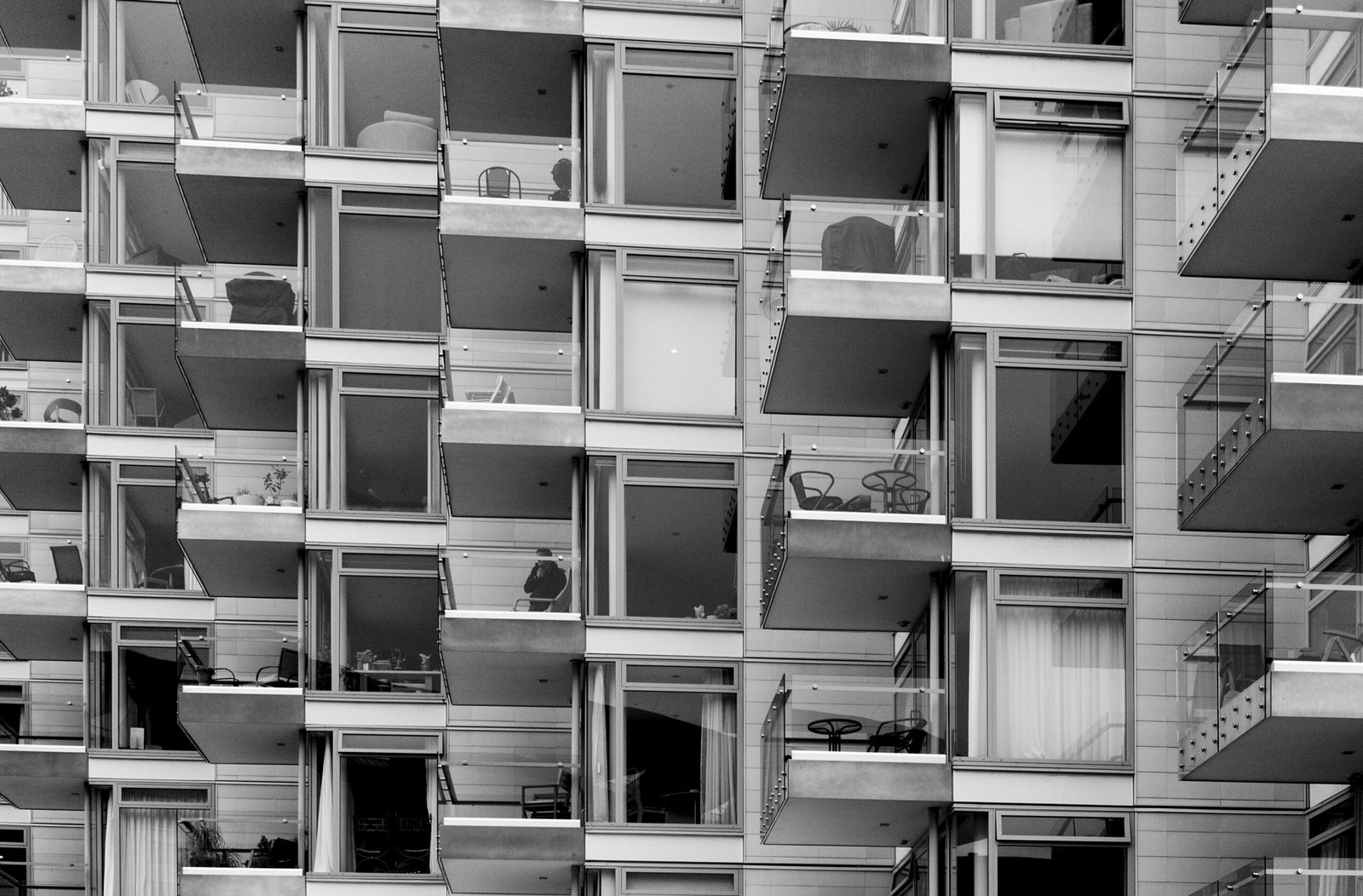Introduction to Vastu Shastra
Vastu Shastra is an ancient Indian science that focuses on the architectural design and spatial arrangement to harness positive energy and promote harmony within a living or working environment. Rooted in Vedic traditions, Vastu Shastra lays down guidelines for constructing buildings in alignment with natural elements, providing a framework that integrates physical, psychological, and spiritual well-being. It is believed that incorporating Vastu principles not only enhances individual prosperity but also fosters collective harmony among inhabitants.
The origins of Vastu Shastra can be traced back thousands of years, with references found in ancient texts like the Vastu Shastra of Brihadratha and the Samaranaganasutradhara. These texts detail the significance of directional alignment, the placement of rooms, and the use of materials, all aimed at creating balanced environments. The significance of Vastu has transcended time, maintaining relevance in contemporary architecture and design. People often turn to Vastu for guidance when constructing homes, offices, or public spaces, seeking to create atmospheres conducive to health, success, and happiness.
At its core, Vastu Shastra advocates for a harmonious relationship between human beings and the environment. It emphasizes the importance of elements such as sunlight, wind, water, and earth, encouraging designs that promote the flow of positive energy or ‘prana.’ In modern urban settings, where challenges such as space constraints and modern materials prevail, the principles of Vastu can still be adapted and integrated. By recognizing the foundational elements of Vastu, individuals can make informed design choices that enhance their living spaces, ultimately leading to improved quality of life.
Myth 1: Vastu Is Only for New Constructions
It is a widespread misconception that Vastu principles apply solely to new constructions, leading many to overlook the potential benefits these guidelines can offer to existing homes. In reality, Vastu can be effectively integrated into older buildings through thoughtful design changes and minor adjustments, providing homeowners with the opportunity to enhance their living environments without the necessity for extensive renovations. By making strategic modifications, homeowners can align their spaces with Vastu principles, fostering a sense of harmony and positivity.
Existing structures can greatly benefit from Vastu adjustments, such as reorienting furniture, altering the color schemes, or modifying room layouts. For instance, simple changes like repositioning a bed or desk can improve the energy flow in a room, creating a more balanced atmosphere. Moreover, the integration of Vastu elements does not require an entire overhaul but rather focuses on small yet impactful tweaks that resonate with the core principles of this ancient science. Homeowners can achieve a harmonious living environment while retaining the structure and aesthetics of their beloved spaces.
Furthermore, Vastu principles can be adapted to address various aspects of life, including health and prosperity. Homeowners can implement techniques, such as optimizing lighting conditions and ensuring a clutter-free environment, which ultimately contribute to the well-being of those who inhabit the space. Such modifications foster a positive atmosphere that enhances both the physical and emotional aspects of daily life.
In essence, the belief that Vastu is applicable solely to new constructions is a myth. Existing homes can be harmoniously aligned with Vastu principles through practical and easily implementable changes. Embracing these adjustments not only respects the traditional practices of Vastu but also enriches the quality of living, showcasing that Vastu is a relevant consideration for all types of dwellings.
Myth 2: Vastu Is Strictly About Directions
Many people believe that Vastu Shastra is primarily focused on cardinal directions such as North, South, East, and West. While these directions do hold significance in Vastu, this view is an oversimplification of a vast and nuanced approach to spatial design. Vastu Shastra encompasses various elements that contribute to the overall harmony and well-being of a space, thereby extending beyond mere directional concerns.
One essential aspect of Vastu is the flow of energy within a space, often referred to as “prana.” This energy is influenced not only by the orientation of the building but also by the layout and arrangement of rooms and furniture. For instance, the positioning of the main entrance, windows, and even the colors chosen for interior decor can have a substantial impact on the energy dynamics of a space. Therefore, it becomes clear that the holistic application of Vastu considers numerous factors that interplay with one another.
Moreover, Vastu accentuates the importance of layout optimization. The utilization of space to maximize functionality while ensuring a balance of elements such as light, air, and materials is imperative. Each room serves a purpose and is designed to promote well-being, making aspects like proportionality, symmetry, and the relationship between various areas equally significant. Even traditional features, such as courtyards and outdoor spaces, play a crucial role in enhancing the vibrancy and comfort of surroundings, showcasing that Vastu’s principles are comprehensive and multifaceted.
𖤐 Forbidden Dark Spells — Unleash Mystical Power
Harness the arcane, from hexes and curses to revenge and binding spells — real power for those who dare to command it.
In conclusion, while directions certainly form a part of Vastu, it is incorrect to limit its scope to them alone. The integration of various elements, including energy flow and layout optimization, reveals Vastu’s broader philosophy that seeks to create harmonious living spaces through thoughtful and intentional design.
Myth 3: Vastu Remedies Are Expensive
One prevalent myth surrounding Vastu Shastra is the perception that its remedies entail significant financial investment. This belief may deter many individuals from exploring how they can benefit from these age-old principles of architecture and design. However, it is essential to understand that Vastu remedies can be implemented affordably and even at no cost.
Several simple adjustments can be made to align a property with Vastu principles without incurring substantial expenses. For instance, rearranging furniture is a practical way to enhance the energy flow within a space. This does not require financial resources but may involve time and creativity. Placing furniture in accordance with Vastu guidelines can create a balanced environment, promoting harmony and well-being.
Another cost-effective Vastu remedy includes decluttering. By removing unnecessary items from a space, homeowners can improve its energy and significantly impact their mental state. Decluttering is not only a Vastu practice but also a widely endorsed organizational strategy that leads to a more serene living environment.
In addition, minor modifications in colors and placements can yield positive results. For example, using specific colors corresponding to the elements represented in Vastu can create a balanced atmosphere, promoting positivity without the need for expensive renovations. Similarly, the strategic placement of mirrors or plants can enhance the energy in a home while remaining budget-friendly.
Finally, numerous online resources and community workshops provide guidance on affordable Vastu solutions. Engaging with such platforms can empower individuals to make beneficial changes without the burden of financial strain. Therefore, it’s crucial to recognize that aligning with Vastu principles does not have to be a costly endeavor; instead, simple, thoughtful modifications can significantly enhance one’s living environment.
Myth 4: Vastu Is Only Relevant in India
One prevalent misconception surrounding Vastu Shastra is that it is exclusively an Indian practice, relevant primarily to Indian culture and architectural styles. While Vastu originates from ancient Indian scriptures, its principles transcend geographical boundaries and cultural contexts. The core tenet of Vastu is to create harmonious living spaces by aligning structures with natural forces and energies, a concept that is universally applicable.
Vastu principles focus on the balance of five elements—earth, water, fire, air, and space—which are crucial in any living environment, regardless of location. This approach emphasizes the importance of orientation, layout, and the placement of objects in relation to these elements. Therefore, individuals and architects worldwide can benefit from understanding and integrating Vastu principles into their designs, leading to improved well-being and productivity.
Across the globe, varying architectural styles have adeptly adapted these ancient principles to suit local preferences and practices. In countries like Japan, the concept of harmony with nature is observed in traditional designs, which coincidentally reflect Vastu principles. Similarly, modern Western architecture increasingly embraces aspects of Vastu, such as natural light, ventilation, and spatial awareness, showcasing that these concepts are not confined to a specific cultural background.
Furthermore, architects and designers worldwide have begun to recognize the benefits of incorporating Vastu into contemporary settings. Urban projects in Europe and North America are increasingly experimenting with Vastu principles to create vibrant structures that promote health, happiness, and sustainability. This indicates a growing understanding that Vastu can enhance living spaces universally, promoting a collective improvement in quality of life.
❤️ Powerful Real Love Spells That Work
Attract true love, reunite with your partner, and strengthen relationships with proven magic spells.
Ultimately, the belief that Vastu is only relevant in India limits its potential impact. As more people and cultures adopt its principles, the practice of Vastu will continue to evolve and integrate into diverse architectural paradigms, illustrating that the essence of Vastu is indeed universal.
Myth 5: Vastu Only Applies to Residential Homes
The notion that Vastu Shastra is solely relevant to residential homes is a widespread misconception. In reality, the principles of Vastu extend far beyond domestic settings, influencing a variety of structures, including commercial spaces, public buildings, and urban planning initiatives. This broad applicability demonstrates the versatility of Vastu in shaping environments conducive to well-being and prosperity.
In commercial settings, the application of Vastu principles can be pivotal in promoting a productive and harmonious atmosphere. Businesses that adhere to Vastu guidelines often report enhanced employee satisfaction, increased productivity, and improved client relationships. For instance, the orientation of office spaces, placement of entrances, and arrangement of workstations can significantly impact energy flow, fostering an environment that supports success. Moreover, commercial establishments designed with Vastu principles in mind tend to attract more customers, creating a welcoming and balanced energy that appeals to potential clients.
Public buildings, such as schools, hospitals, and government offices, also benefit from the thoughtful application of Vastu. These structures play essential roles in community life and require careful consideration of the energies they evoke. Incorporating Vastu principles can lead to environments that are not only functional but also supportive of the physical and emotional well-being of individuals. For example, the placement of classrooms and administrative offices in schools can enhance learning outcomes and positive interactions among students and staff.
Furthermore, urban planning encompasses a plethora of factors that can significantly benefit from Vastu considerations. As cities expand, fostering harmonious communities is paramount. By integrating Vastu principles in urban development, planners can create spaces that promote social interaction, environmental balance, and overall public health. This inclusive approach underscores that Vastu is not a relic of the past but a relevant guide in contemporary construction practices across various types of structures.
Myth 6: Vastu Is a Superstitious Belief
The perception of Vastu Shastra as merely a superstitious belief often stems from a lack of understanding of its foundational principles. While some may dismiss these ancient guidelines as baseless, recent studies and research have illuminated the underlying scientific aspects that validate various Vastu practices. By examining the interaction between our environments and physiological responses, researchers have begun to confirm the significant impact of spatial arrangements on human well-being, productivity, and overall harmony.
Vastu Shastra, at its core, is not just about belief systems; it is a holistic approach that incorporates architectural principles aimed at optimizing living spaces. Numerous scientifically inclined studies have indicated that the placement of rooms, the orientation of buildings, and the flow of energy can profoundly influence individual health and mood. For example, research has shown that naturally lit environments can enhance cognitive performance and reduce stress, aligning with the Vastu principle of maximizing sunlight exposure in living and working spaces.
Furthermore, Vastu emphasizes the importance of balancing the five elements—earth, water, fire, air, and space—which have been recognized in various scientific disciplines, including psychology and environmental sciences, as crucial in promoting mental clarity and emotional stability. This balance can lead to heightened concentration and productivity. The meticulous design of spaces according to Vastu ensures that locations promote positive energy, which echoes modern principles of environmental psychology that advocate for design reflecting human needs and comfort.
Essentially, dismissing Vastu as mere superstition ignores the wealth of evidence supporting its principles as beneficial to human health and happiness. Acknowledging Vastu calls for a recognition of the interconnectedness of our physical environments and our overall well-being, bridging ancient wisdom with contemporary scientific inquiry.
Myth 7: You Need an Expert for Vastu Implementation
One prevalent misconception surrounding Vastu Shastra is the belief that the involvement of a trained expert is essential for any implementation of these principles. While it is true that Vastu consultants possess specialized knowledge, homeowners can effectively apply many basic Vastu principles without professional assistance. This empowerment encourages individuals to become actively involved in creating their living spaces, transforming them into harmonious environments.
Homeowners can start by familiarizing themselves with the foundational concepts of Vastu Shastra. Simple adjustments can yield substantial results. For example, arranging furniture in a manner that promotes positive energy flow—such as positioning beds and desks away from direct alignments with doors—can enhance comfort and functionality. Additionally, the placement of mirrors can affect light and energy distribution, which can be easily managed by the homeowner without expert intervention.
The importance of natural elements in a space is another accessible Vastu principle. Ensuring adequate ventilation and light, using natural materials, and incorporating indoor plants can create a serene atmosphere. These practices do not require specialized knowledge, yet they can collectively foster a sense of peace and well-being.
Moreover, resources such as books, online articles, and workshops can serve as valuable tools for individuals seeking to implement Vastu guidelines in their homes. This self-learning journey allows homeowners to explore their intuition and personal taste while adhering to Vastu recommendations. The act of creating a Vastu-compliant space can be seen as a reflection of one’s values and preferences, further enriching the living experience.
In conclusion, while expert guidance can be beneficial for complex projects, homeowners are certainly capable of integrating basic Vastu principles into their spaces independently. Embracing this approach encourages personal growth and deeper engagement with one’s environment, making Vastu Shastra more accessible to all.
Conclusion: Embracing Vastu with an Open Mind
As we draw our discussion on Vastu to a close, it is essential to reflect on the various myths and misconceptions that often overshadow its principles. The exploration of these common beliefs has showcased how an open-minded approach to Vastu can lead to enriched living environments and foster a deeper understanding of the natural harmony that architecture can create. By breaking down the perceived rigidity of Vastu, we recognize it as a flexible guide rather than a set of inflexible rules.
Vastu aims to promote wellness, balance, and tranquility within our spaces. It encapsulates age-old wisdom that aligns our dwellings with the forces of nature. By dispelling common myths, we invite individuals to view Vastu through a lens of practicality, where it serves as a tool for design and wellbeing. For instance, while some followers may adhere strictly to traditional Vastu guidelines, others have successfully adapted these principles to fit modern living without losing the essence of harmony. This adaptability is crucial in encouraging a broad acceptance of Vastu in today’s diverse architectural landscape.
Moreover, it is important for individuals to consider their unique circumstances, preferences, and lifestyles when integrating Vastu principles. Personalization of these concepts not only makes them more relevant but can also enhance one’s quality of life. By embracing Vastu with a thoughtful and open mindset, one can create spaces that truly reflect personal beliefs and values while still honoring the wisdom of ancient practices.
Therefore, as we conclude our examination of Vastu, let us encourage readers to approach this ancient science with curiosity and flexibility. By doing so, individuals can cultivate an environment that resonates with harmony, joy, and holistic well-being.









